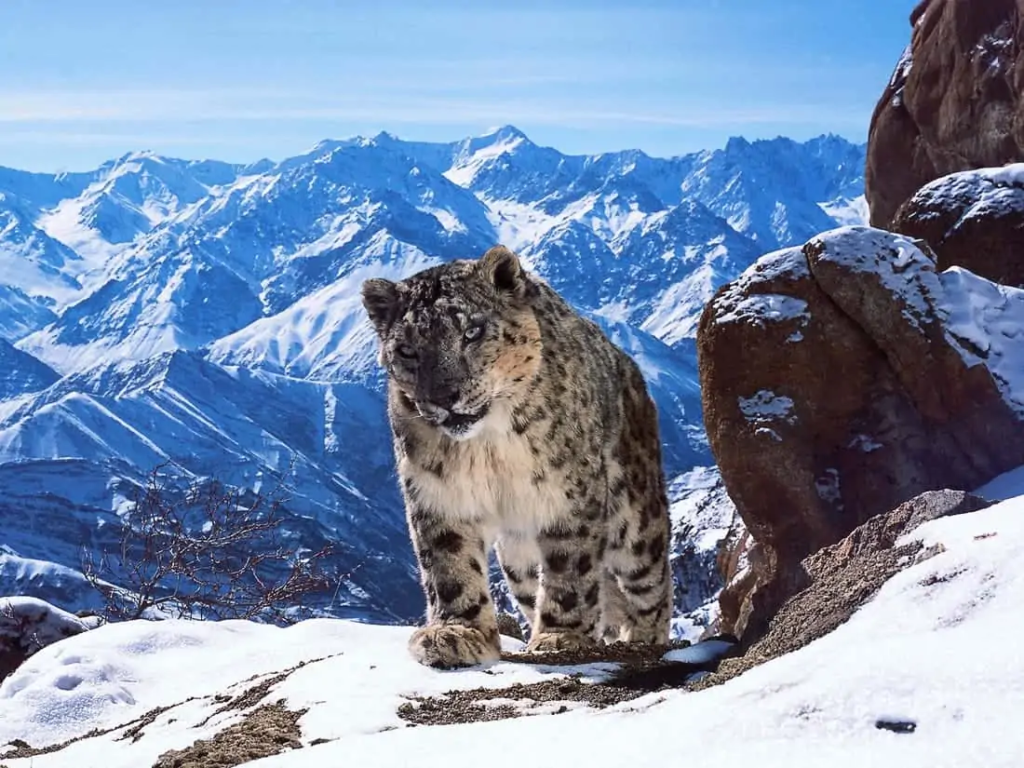Nature is full of incredible creatures, each equipped with unique traits to survive. From the strength of a lion to the speed of a cheetah, animals have evolved extraordinary features that help them thrive. However, sometimes, these very adaptations can turn into deadly weaknesses.
In this article, we will explore animals whose body parts, designed for protection and survival, can ironically become the cause of their demise. Let’s dive into these fascinating yet tragic stories.
Turtles and Their Tricky Shells
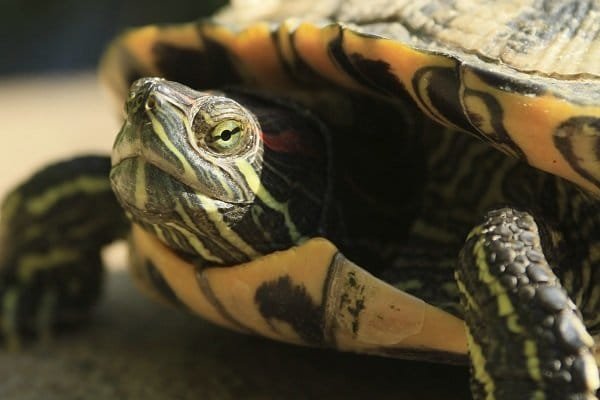
Turtles are known for their strong shells, which serve as their primary defense mechanism. When they sense danger, they retreat into their shells for protection. However, this very shield can sometimes become a trap.
As turtles grow older, their shells flatten, making it difficult for them to flip back if they accidentally turn over. If a turtle is unable to right itself, it can slowly die from starvation, dehydration, or predators. This highlights how a defense mechanism that once ensured survival can also become a fatal weakness.
Pigs and Their Fatal Hunger
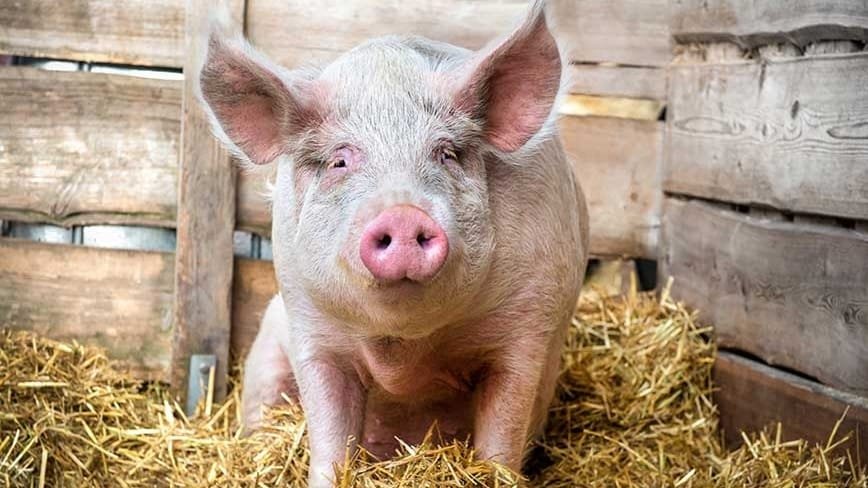
Pigs are intelligent and adaptable animals, but their biggest weakness is their insatiable hunger. They are constantly searching for food, which can sometimes put them in dangerous situations.
In their desperation to find food, pigs often ignore potential threats around them. They may rush toward food without noticing lurking predators like crocodiles or other hunters, making them easy targets. This shows how their survival instinct—hunger—can sometimes lead them to their doom.
Honey Bees and Their Lethal Stingers
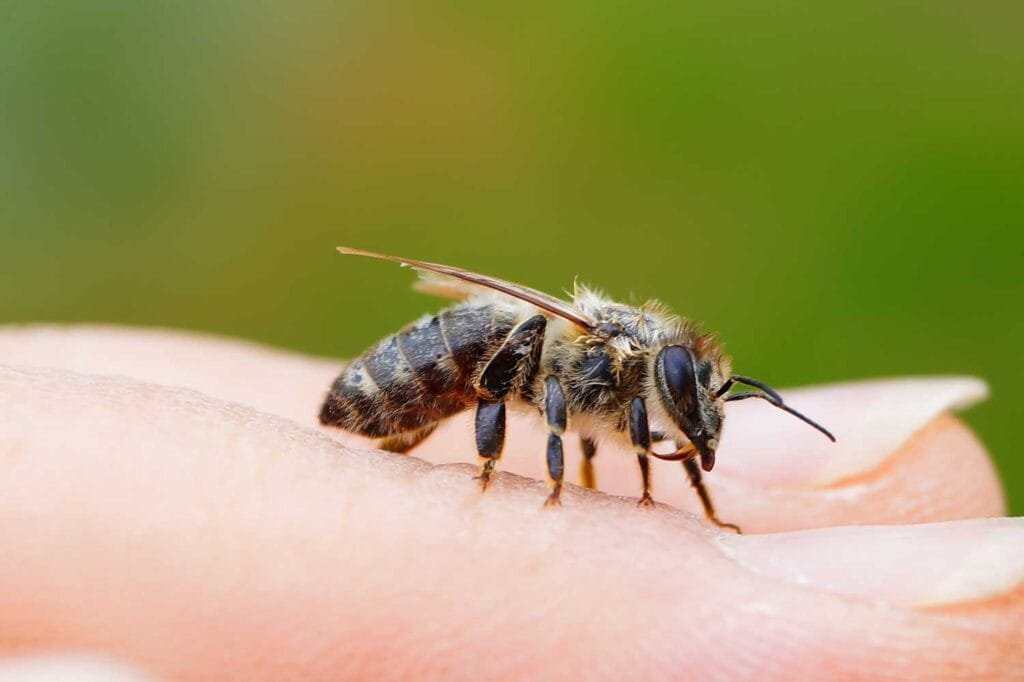
Honey bees play a crucial role in the environment by pollinating plants and producing honey. However, their primary defense mechanism—their sting—can be deadly for them.
When a honey bee stings an enemy, its stinger gets stuck in the skin. As it tries to fly away, the stinger, along with some of its internal organs, gets ripped from its body, causing its death. This demonstrates how an animal’s self-defense can sometimes lead to its own downfall.
Venomous Snakes and Their Deadly Fangs
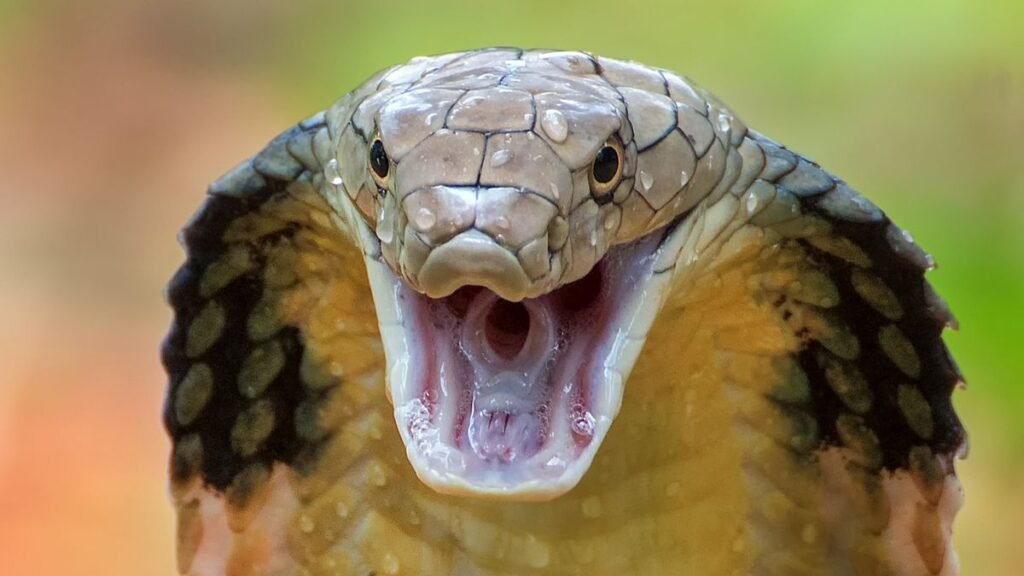
Venomous snakes are feared for their toxic bites, which help them hunt and protect themselves. However, their venom can sometimes become a danger to them as well.
If a snake accidentally bites itself or misfires while attacking prey, its own venom can enter its body, leading to severe damage or even death. This is especially common in young or inexperienced snakes that haven’t mastered their striking precision. Even skilled snakes can sometimes fall victim to their own poison, proving that even the deadliest predators have their weaknesses.
Every animal in nature has its own strengths, but sometimes these strengths turn into weaknesses. Whether it’s a turtle’s shell, a pig’s appetite, a bee’s sting or a snake’s venomous fangs, these examples show that no creature is completely safe.
Nature maintains a delicate balance, reminding us that even the most powerful adaptations can be hidden dangers when pushed to the extreme.



